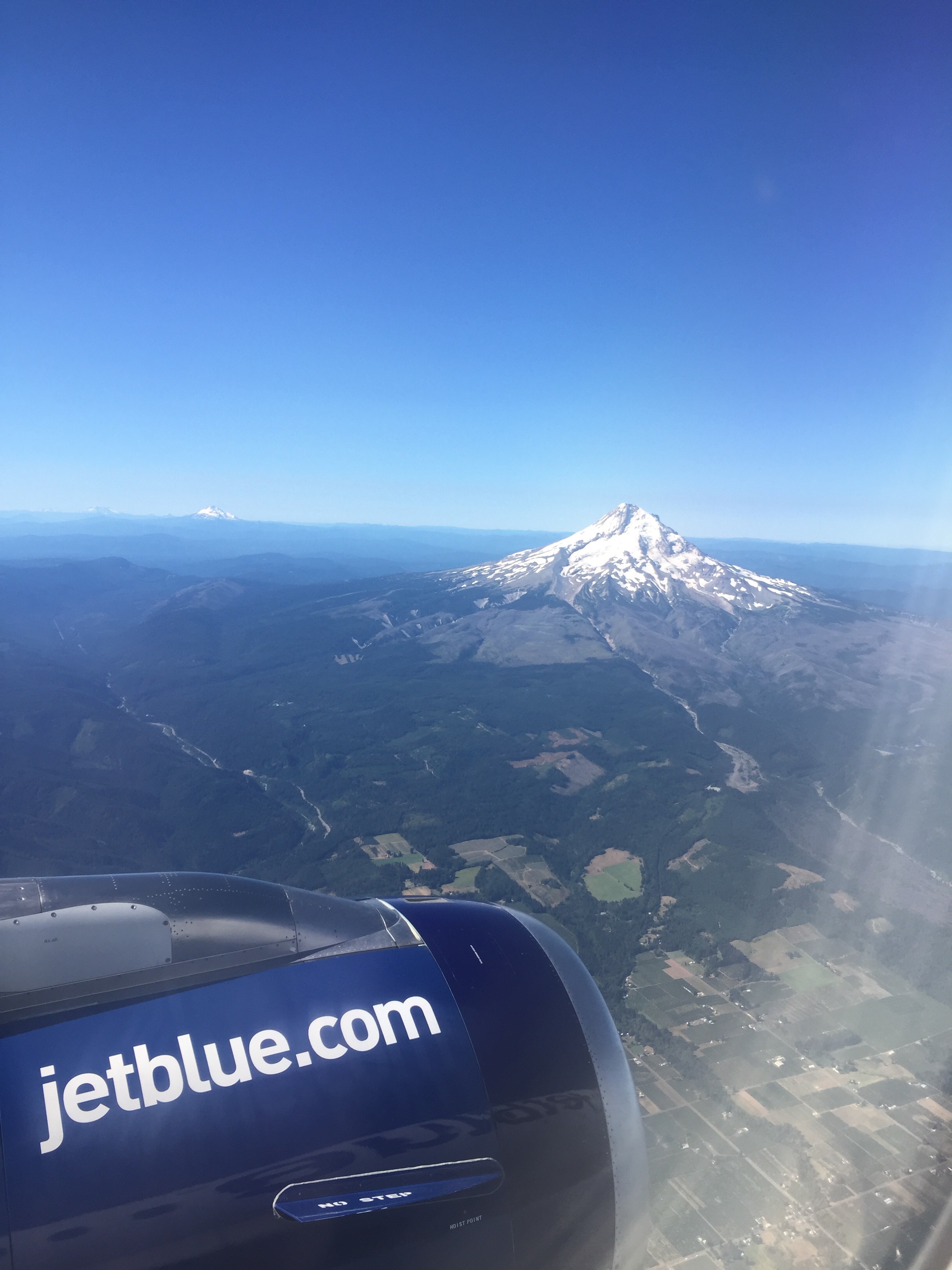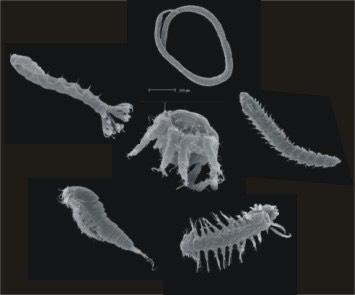Where did 10 weeks go? I know summer flies by each year but this was just ridiculous (I think working with such great people made the time fly by even faster). I’ve accomplished and learned a lot this summer: practiced new skills and revisited old ones, gave presentations to the EPA and to Sea Grant, made my first scientific poster and presented it, designed my own project, and started to become familiar with R-Studio. I had the chance to work independently and as part of an awesome team. I learned both how to get stuck in mud and how to get out. I learned where the best ice cream in Oregon is made (Tillamook of course). Finally, I learned that you can never eat enough tuna. Never.
In this final post I would like to say some thank you’s to some very important people who I got to interact with this summer. First, TChris Mochon Collura. Besides being an endless cache of information on fieldwork operations, TChris is a great teacher who always helped us interns out and saved us from many a SNAFU. I will never forget my first field experience with him when we broke down in the middle of Tillamook Bay, paddled to shore, got stuck in the mud, and had the best ice cream ever.
Second, Cheryl Brown. While we didn’t spend a great deal of time working with each other this summer, Cheryl always had time for me whenever I needed help. Her dedication to the EPA is inspiring and it was an amazing experience to work with her.
Third, my fellow summer scholars. These folks were the best. Camping, hiking, bonfires, BBQs, and bar trivia. Thanks for always being down for a good time and having each other’s backs when we needed it.
Fourth, Mary, Sarah, Haley, and everyone else at Oregon Sea Grant. You all have done a great job at making us feel welcome and placing us with fantastic mentors. The program taught me a lot and I will remember this summer fondly.
Fifth and finally, Amy Zimmer-Faust. Despite only being at the EPA for six months, Amy was already pedal to the floor and raring to go. From day one she had me working hard and learning. She asked a lot but she also taught me an incredibly amount about experimental design, lab organization and sample processing, microbial techniques, and presenting science. I appreciate all the trust she put in me this summer and all the responsibilities she gave me. Besides all the hard work, Amy also took the time to give me ample guidance on graduate school and career plans. To say the least, Amy was an amazing mentor and it was an absolute pleasure to be her intern this summer.
It’s been real Sea Grant!


